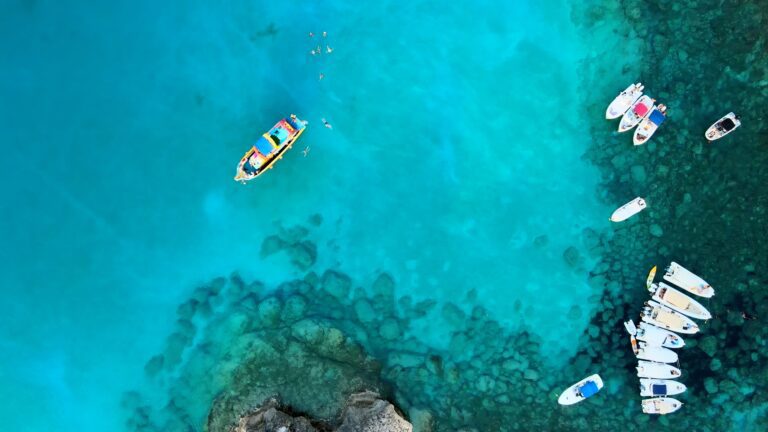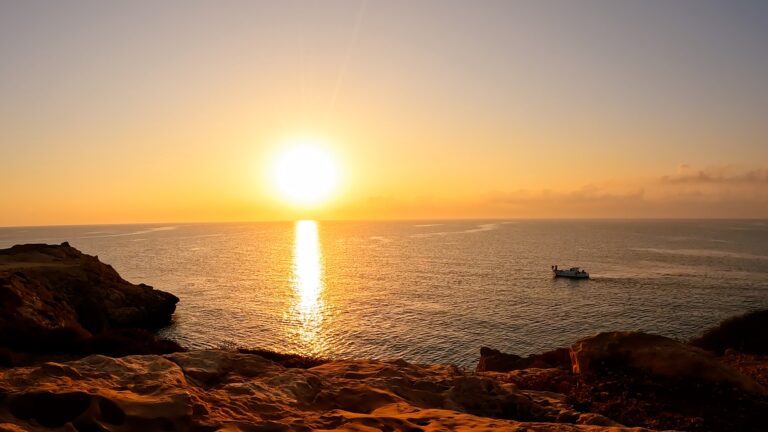Cape Greco, also known as Cavo Greco, offers a wide variety of activities for visitors to enjoy, ranging from outdoor adventures to peaceful relaxation. Here are some of the main things to do in Cape Greco:
Hiking and Biking: There are several well-marked trails that provide fantastic opportunities for hiking and mountain biking. The paths offer a variety of difficulty levels, and they lead through diverse landscapes, including coastal cliffs, forests, and more.
Exploring Sea Caves: The Cape Greco sea caves are natural formations that can be explored by foot or by boat. Adventurous visitors can discover the caves’ unique geological features, and the area is also popular among divers.
Swimming and Snorkeling: Although cliff jumping is no longer allowed, the crystal-clear waters are perfect for swimming and snorkeling. The sea around Cape Greco is teeming with marine life, making it an excellent spot for underwater exploration.
Enjoying the Viewpoints: The entire Cape Greco peninsula offers breathtaking viewpoints. Visitors can take in panoramic views of the coast, and these spots are excellent for photography, especially during sunrise and sunset.
Visiting Konnos Bay: Konnos Bay is one of the most picturesque beaches in the area, with golden sand and clear waters. It’s a great place to relax, sunbathe, or enjoy water sports.
Visiting Ayioi Anargiroi Church: This small, beautiful church named Ayioi Anargiroi is a serene spot that’s worth a visit. Below the chapel, there is a cave with the holy water of the Saints, adding to the spiritual significance of the location. It offers a peaceful place for reflection amid the natural beauty of the surroundings. Visitors can explore both the church and the cave to connect with the area’s religious heritage.
Picnicking: With numerous picnic areas and the captivating beauty of the Mediterranean Sea as a backdrop, Cape Greco is an ideal place for a family picnic.
Bird Watching: For nature enthusiasts, Cape Greco is a habitat for various bird species, making it a great location for bird watching.
Fishing: The area is known for its fishing spots, and anglers may find the peaceful setting perfect for a relaxing day of fishing.
Photography: The natural beauty, unique landscapes, and stunning vistas make Cape Greco a photographer’s paradise.
Joining Guided Tours: For those interested in learning more about the area’s history, ecology, and geology, guided tours are available.
Water Sports: Nearby beaches offer opportunities for various water sports, including jet skiing, parasailing, and paddle boarding.
Cape Greco is a place that blends natural beauty, adventure, and tranquility, offering something for every visitor. Whether you’re an adrenaline junkie looking for outdoor thrills or someone seeking a peaceful escape, Cape Greco has something to offer. For detailed information on specific activities and locations within Cape Greco, you may want to consult with local guides. If you need further assistance or personalized recommendations, you may contact us directly at [email protected] to plan your visit.


